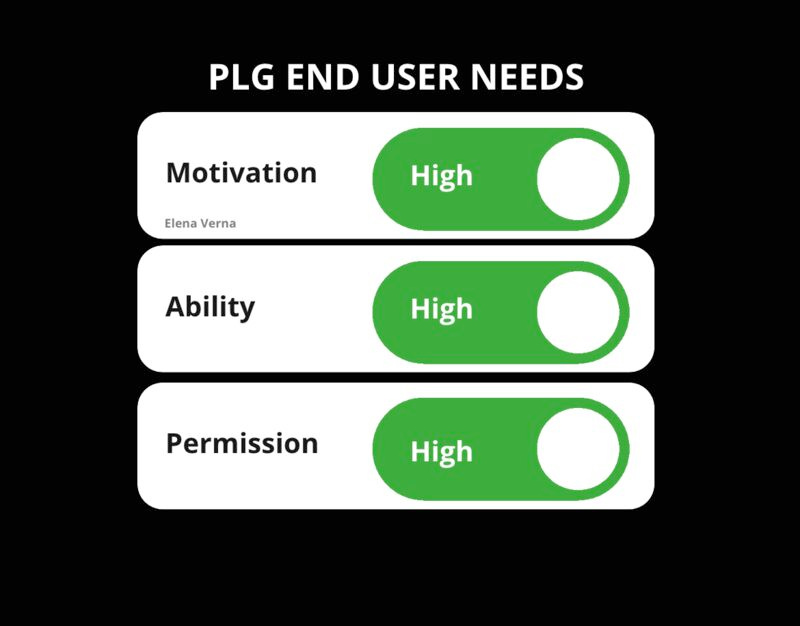18 Lessons on Growth from the Women of Growthmates
🎙️ The recap of the podcast season: honest insights on growth, purpose, and the power of being yourself — in the company of inspiring women.
Hello everyone 👋 I’m Kate Syuma, and welcome to Growthmates.news — the newsletter and seasonal podcast where we explore inspiring and practical growth stories from products we love. Join the community of 5,900+ Product, Design, and Growth people from companies like Amplitude, Intercom, Miro, Atlassian, Grammarly, Framer, and more.
Would you like to tell your product story or share a new job opening with subscribers? from companies like Amplitude, Intercom, Miro, Atlassian, Grammarly, Framer, and more? I’m opening a calendar and planning sponsorship engagements: Grab a slot 👉
Time flies — and I’ve recently wrapped up the season of Growthmates: In the company of women. Today, I want to share key lessons and takeaways from 6 fantastic guests whom I was honored to host this season. Meet these ladies 💃
- — the most well-known Growth Advisor (ex-Dropbox, Miro, Amplitude, SurveyMonkey);
Marie Martens —Co-founder of Tally.so, that she bootstrapped to $2M ARR with her life partner;
- — Head of Community at Mercury, Founder of Old Girls Club, which she grew as a passion project to $300k ARR.
Lexie Barnhorn — Head of Social & Influencer at Anthropic, ex-Notion, who launched campaigns that influenced millions.
Jennifer Phan — CEO & Co-founder of Passionfroot that supports creators (feel free to check my Passionfroot profile).
- — Finding her purpose in Cconscious Tech, and giving back though angel investing.
The podcast has always been a learning tool for me. I invite the guests whose mission resonates with my own values. This time, I was curious to learn (and share these learning with you) on a bunch of topics like:
How to explain Product-led Growth in the simplest way?
How to identify your positioning as a solopreneur?
What’s the magic behind Community-led Growth?
How to build a new 0→1 product with partner in life?
and the list goes on.
If you missed some (or all) episodes in this season — this edition is designed to help you get the most important insights in 10 minutes. And if you’d like to tune-in and listen to each story, the links will be attached.
Let’s recap what I learned from these six conversations on Growthmates👇
1. How to operate from your Superpower Zone:.
Elena Verna is an actual role model. I first met her during my time at Miro, when I was working with several growth teams. I couldn't imagine that time when in several years I’ll shift to a solo path from a full-time role.
🔗 Listen to the full conversation on Apple, Spotify, and YouTube.
Now, I want to share key insights that I took from our conversation — it was something fresh and new for me that I wish I had known earlier.
Learning 1 👉 Define your “Superpower zone”.
If you’re at a career crossroads or constantly redefining your positioning as a creator, builder, maker (as I do) — it can be difficult to clarify your next role, career transition, or what exactly is most
Answer these 3 questions:
What work gives you energy?
What type of work drains you?
Where do you feel like you’re better than everybody else?
🎯 Find the sweet spot between skill and energy. Just because you love something doesn’t mean it’s your superpower — and being good at something that drains you isn’t it either. Your true superpower lies in the overlap: what you’re great at and what energizes you. That’s where you move faster, feel aligned, and do your best work. Invest your time there.
Learning 2 👉 Product-led Growth defined in 3 words.
Product-led growth = Motivation, Ability, Permission.
For PLG to work, users must (1) want to solve the problem, (2) be able to do it on their own, and (3) have permission to act. If any of these are missing, self-serve breaks down. You can patch the gaps temporarily (e.g. human onboarding), but the core principle remains:
Build a product that sells itself. And don’t forget — intuitive UX is non-negotiable. If people can’t naturally adopt your product, they won’t stick around.

This approach deeply resonates with me. It also reminds me of Fogg’s Behavioral Model that I explored earlier in the newsletter here.
🎯 PLG starts with meeting end-user needs. This is also what I’m teaching at my User-centric Growth course, where we combine behavioral science and proven growth strategies. My mission is to help everyone create a diverse roadmap, get buy-in, and drive impact with high-quality to end-users. I just started announcing the next cohort, which starts on June 16th, and half of the available seats are already sold out 🤓
But for dear readers, I prepared something special — you can enroll now with 100$ discount →
Now, let’s get back to the recap and check the next insight from Elena 👇
Keep reading with a 7-day free trial
Subscribe to Growthmates with Kate Syuma to keep reading this post and get 7 days of free access to the full post archives.



